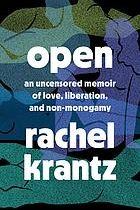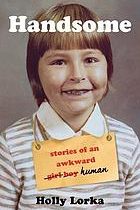Green, Elon. Last Call : A True Story of Love, Lust, and Murder in Queer New York. Celadon Books. 2021. $27.00. 272p. HC. 978-1250224354.
While formulaic at first, Last Call attempts to do something different than the typical true-crime story. Green brings the reader to New York in the late 80’s: a multifaceted, underground queer culture, poltical strife, and the bodies of several men, brutally murdered. This piece of investigative journalism turns out to be less about the lesser-known “Last Call Killer” than it is about the killer’s even-lesser-known victims. Contrary to the usual speculation and psychological evaluation of the serial killer, this book highlights the lives and deaths of each victim. It thoroughly explores each victim, bringing their lives into pictures as diverse as the individuals themselves.
than the typical true-crime story. Green brings the reader to New York in the late 80’s: a multifaceted, underground queer culture, poltical strife, and the bodies of several men, brutally murdered. This piece of investigative journalism turns out to be less about the lesser-known “Last Call Killer” than it is about the killer’s even-lesser-known victims. Contrary to the usual speculation and psychological evaluation of the serial killer, this book highlights the lives and deaths of each victim. It thoroughly explores each victim, bringing their lives into pictures as diverse as the individuals themselves.
While there is true value in shifting the focus of the story to the victims, the overall structure of the book falls short. Employing a non-linear timeline does little to add to the story’s favor; it jumps from one victim’s timeline to the next, leaving the reader struggling to see where the pieces lead. While this can mirror the messy re-piecing of events that come with discovering the details of the killer’s crime, I found myself returning to earlier sections of the book again and again to re-orient myself with the details. This story may offer insight if one was also an expert on the case, but the casual reader may struggle to track all the parties involved. The author mentions the names of everyone, from the victims to their families to the multiple investigating individuals and bodies from various state departments. Without many clearly defined characteristics, again I found myself returning to earlier sections of the book to map out who was who and how they related to the timeline of the murders.
One of the redeeming qualities of this book is the socio-cultural and political contextualization of the crimes. Green explores the public’s response and connections to larger systems of marginalization and homophobia that contributed to painfully slow and meandering uncovering of the truth behind the victims’ deaths. These bits of context are arguably the most engrossing parts of the book; perhaps it would have benefited from bringing more of that to the forefront.
While clearly targeted at readers who are partial to true crime and those passionate about shedding light on injustice towards the queer community, I would not recommend this particular book.
By Anastasia Wright


